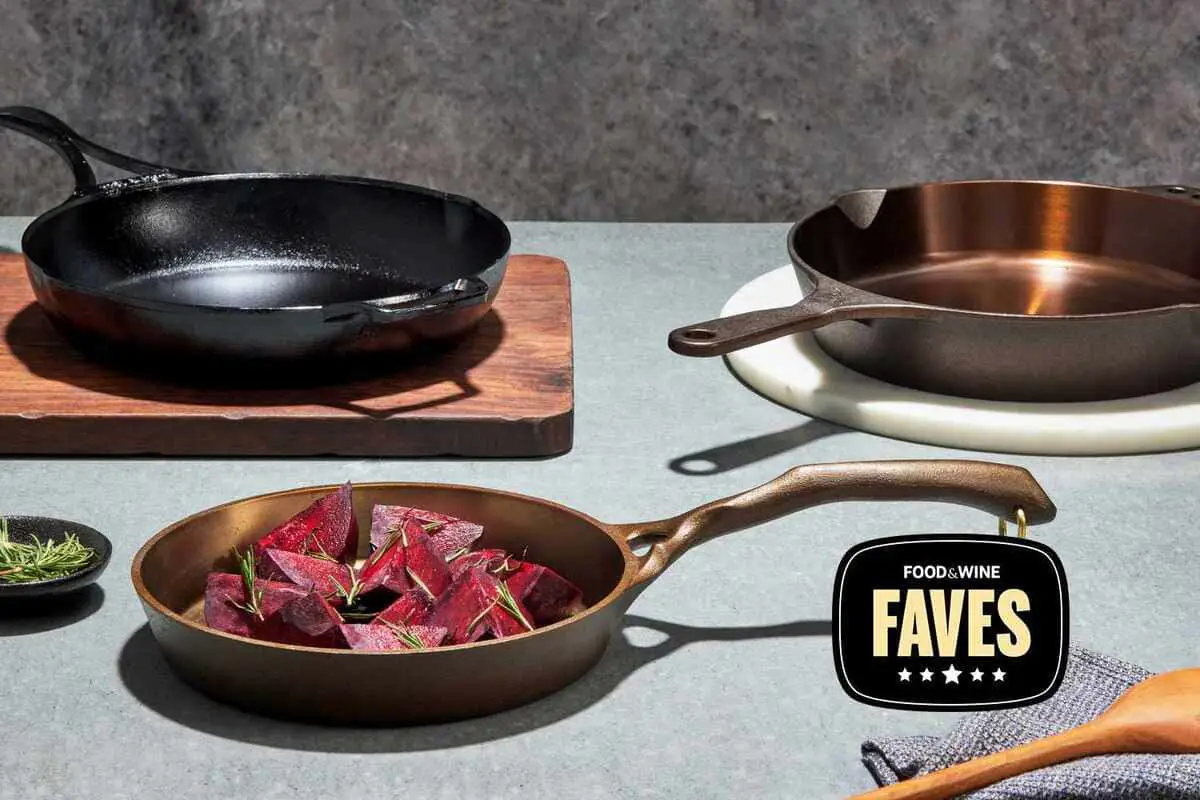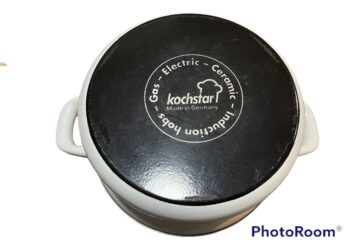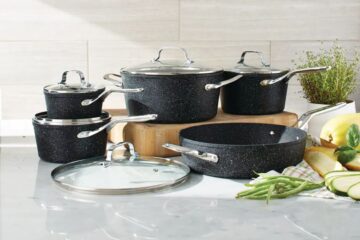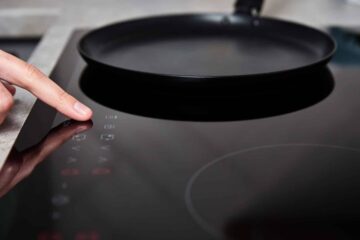Cast iron cookware is a staple in many kitchens due to its durability, versatility, and even heat distribution. However, to ensure that it lasts a lifetime, it’s important to season it properly. Seasoning is the process of coating the cast iron with oil and baking it to create a non-stick surface that is resistant to rust and easy to clean.
The process of seasoning cast iron may seem daunting at first, but it’s actually quite simple. The first step is to clean the cookware thoroughly with warm, soapy water and dry it completely. Then, apply a thin layer of oil to the surface of the cookware, making sure to cover the entire surface, including the handle. Finally, bake the cast iron in the oven at a high temperature for an hour or so to polymerize the oil and create a non-stick surface.
There are many different oils that can be used to season cast iron, including vegetable oil, canola oil, and flaxseed oil. Each oil has its own unique benefits and drawbacks, so it’s important to choose the one that best suits your needs. With proper seasoning and care, cast iron cookware can last for generations, making it a worthwhile investment for any home cook.
Why Season Cast Iron Cookware?
Cast iron cookware is a popular choice among home cooks and professional chefs alike. It’s durable, versatile, and can last for generations with proper care. However, cast iron cookware requires seasoning to maintain its quality and performance.
Seasoning cast iron cookware involves coating it with a layer of oil and baking it in the oven. This process creates a natural non-stick surface that makes cooking and cleaning easier. It also helps prevent rust and extends the life of the cookware.
Without seasoning, cast iron cookware can be prone to rust and food sticking to the surface. This can make cooking more difficult and cleaning more time-consuming. Seasoning also enhances the flavor of food cooked in cast iron, making it a favorite among many cooks.
Additionally, seasoning cast iron cookware is an affordable and eco-friendly alternative to non-stick cookware. Non-stick cookware can release harmful chemicals into the air when heated, while cast iron is a safe and natural option.
How to Season Cast Iron Cookware
When it comes to cooking with cast iron cookware, seasoning is an essential step to ensure that the cookware is non-stick and long-lasting. Here are the steps to season cast iron cookware.
Step 1: Clean the Cookware
Before seasoning, the cookware needs to be cleaned thoroughly. Scrub the pan with warm, soapy water. It’s okay to use soap since you’re preparing to re-season the cookware. Rinse and hand dry thoroughly.
Step 2: Apply Oil
Next, apply a thin layer of oil to the cookware. Use a neutral oil like canola or vegetable oil. Wipe away all excess oil so no pooling oil is visible. The oil should just coat the metal.
Step 3: Bake the Cookware
Finally, bake the cookware. Place the cast iron cookware in the oven. Set to 500ºF to 550ºF/260ºC to 290ºC degrees. Have the cooking side of the cookware facing the bottom of the oven. This allows for any excess oil to drain off to the sides and prevents pooling during the seasoning process.
Bake the cookware for 1 hour. After baking, turn off the oven and let the cookware cool in the oven. Repeat this process a few times until the cookware has a smooth, non-stick surface.
Tips for Maintaining Seasoned Cast Iron Cookware
Avoid Using Soap
When cleaning seasoned cast iron cookware, it is important to avoid using soap. Soap can strip away the seasoning and leave the cookware vulnerable to rust. Instead, use a stiff-bristled brush or scraper to remove any food particles. If necessary, add a small amount of salt to the cookware and scrub it with a paper towel or cloth to help remove stubborn residue.
Avoid Soaking the Cookware
Another important tip for maintaining seasoned cast iron cookware is to avoid soaking it in water. Excessive exposure to water can cause the cookware to rust and damage the seasoning. Instead, use hot water and a brush to clean the cookware as soon as possible after use. If there are any stubborn spots, you can boil water in the cookware or use a paste made from baking soda and water to help remove them.
Re-Season as Needed
Over time, the seasoning on cast iron cookware can wear away or become damaged. When this happens, it is important to re-season the cookware to restore its nonstick properties and protect it from rust. To re-season cast iron cookware, first clean it thoroughly with hot water and a brush. Then, apply a thin layer of oil to the cookware and bake it in the oven for an hour at 375°F. Repeat this process as necessary to maintain the seasoning on your cast iron cookware.
Conclusion
In conclusion, seasoning cast iron cookware is a simple process that can help extend the life of your pots and pans. By following the steps outlined in this article, you can ensure that your cast iron cookware is properly seasoned and ready for use.
One important thing to keep in mind is that cast iron cookware requires a bit more maintenance than other types of cookware. However, the benefits of using cast iron, such as its durability and versatility, make it a worthwhile investment.
Remember to always use a neutral oil, such as canola or vegetable oil, when seasoning your cast iron cookware. Additionally, avoid using soap when cleaning your cast iron cookware, as it can strip away the seasoning.
If you’re new to using cast iron cookware, it may take some time to get used to the seasoning process. However, with a bit of practice, you’ll be able to keep your cast iron cookware in great condition for years to come.
Overall, seasoning cast iron cookware is a simple and effective way to maintain the quality and longevity of your pots and pans. By following the steps outlined in this article and taking proper care of your cookware, you can enjoy the benefits of cast iron cooking for years to come.




